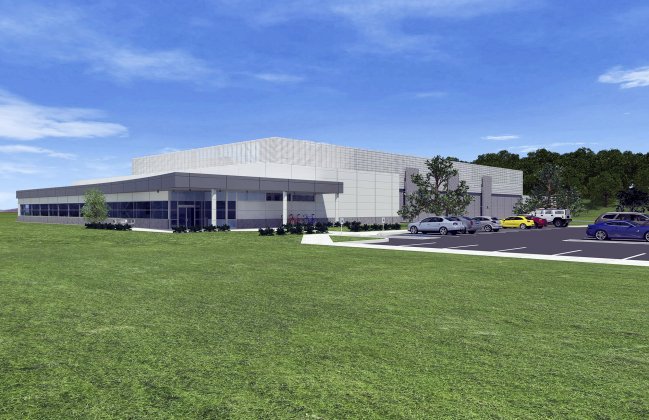Pennsylvania State University’s Hershey Medical Center has held a groundbreaking ceremony for a US$54 million medical research facility which it says will be among the most advanced in the country.
The data center will analyze huge amounts of clinical information, with a special focus on the rapidly developing field of genetic research. It is expected to open in April 2016.
Double helix
Milton S. Hershey Medical Center currently hosts its research data on campus at the University Park facility, but it’s running out of space. The new University Technology Center will be a one story, Tier III, LEED-certified facility set within a 46,000 square foot campus.
Phase I will deliver 1 MW of power capacity, which will be eventually brought up to 3MW.
The new data center will help the University’s researchers analyze clinical data to model and predict diseases. But one of its main users will be Penn State’s Institute for Personalized Medicine - a department recently launched to develop a new generation of treatments that can be tailored to the patient’s unique genetic code.
Dr. James Broach, the director of the institute, told Penn Live that decoding the first human gene sequence had cost $3 billion. Today it costs less than $1,500, and Penn State Hershey has done it for several thousand local patients.
Some of the conditions the institute is currently looking at include ALS, multiple sclerosis, childhood epilepsy and inter cranial aneurysms. In the future, this information could be used to pinpoint potential health risks faced by individual patients and predict the impact of drugs.
The data centre will also serve an integral role in the University’s disaster recovery plan, as the back-up location for Penn State’s primary site, and vice versa.
“This data center puts Penn State on par with the most cutting-edge health care organizations in the nation in terms of redundancies that ensure disaster recovery capabilities, energy efficiency and the ability to support future growth and data needs,” said Rodney Dykehouse, CIO at Penn State Hershey.
Penn State breaks ground on research data center
Hershey Medical Center will use the facility to decode genes

